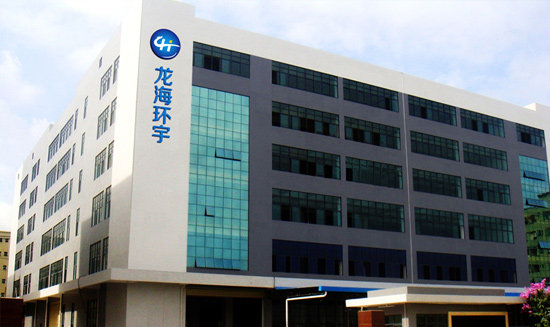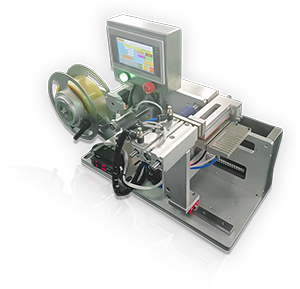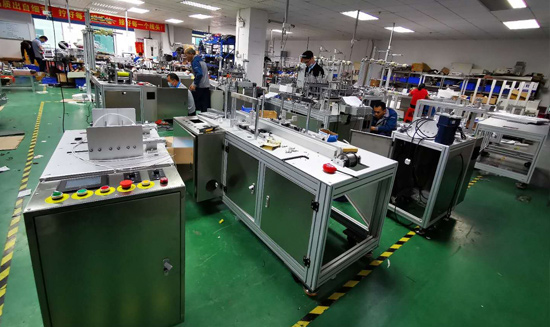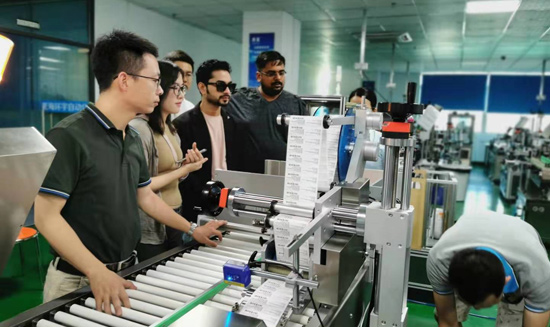关于我们
胶纸裁切供料器应用场景与发展方向
Time:2025-06-07
Page views: 1406次
胶纸裁切供料器作为自动化供料技术的核心设备之一,正逐渐取代传统的手工裁切与模切工艺,成为柔性制造场景中提高效率、降低成本的关键装备。它借助智能化的物料输送与精准裁切技术,攻克了卷式胶纸(如高温胶带、保护膜、双面胶等)在连续供料与定制化裁切方面的技术难题,广泛应用于3C电子、新能源电池、医药包装等行业。以下将从技术原理、应用价值及行业趋势等方面进行分析:
一、技术原理与核心功能
-
智能裁切机制 胶纸裁切供料器通过运动夹料组件实现物料的牵引与定位,配合伺服电机驱动裁切刀片,能够在0.1 - 100mm的范围内自定义裁切长度。例如,部分设备采用气缸驱动的切断刀片,并借助光电传感器实时校准位置,裁切精度可达到±0.1mm。
-
模块化设计 设备通常由放料、导料、裁切及收料四大模块组成:
- 放料组件:气胀轴与张力控制装置确保卷材能够平整输出;
- 裁切机构:步进/伺服电机驱动刀具,可支持高频次裁切([敏感词]300片/分钟);
- 智能控制:集成PLC或工控系统,支持参数化设定与RS232通讯协议,能够与MES系统兼容。
二、应用场景与行业价值
- 3C电子制造
- 屏幕贴合:为手机/平板屏幕保护膜提供定长裁切,避免了传统模切工艺的模具成本;
- 电池封装:在新能源动力电池PACK线中,裁切绝缘胶带并实现自动贴附,使效率提高40%。
-
柔性生产需求 支持小批量多品种生产,例如定制化电子标签裁切,可通过触摸屏快速切换参数,以适应订单碎片化的发展趋势。
-
成本优化
- 降低材料损耗:精准裁切减少了边角料的浪费,与模切方案相比,可节省胶材15% - 20%;
- 替代人工:单台设备可替代3 - 5名操作工,减少了因人为失误导致的良品率损失。
三、技术演进与挑战
- 创新方向
- 视觉定位:部分高端机型集成了CCD视觉系统,可实现复杂形状胶纸的动态裁切;
- 多轴联动:XYZ对位平台与SCARA机械手协同作业,提高了裁切 - 贴附一体化的效率。
- 现存瓶颈
- 材料适应性:超薄胶纸(<0.05mm)容易因吸附力不足而出现褶皱;
- 维护复杂度:裁切刀具与传动部件需要定期保养,否则精度会随着磨损逐渐降低。
引言总结
胶纸裁切供料器以其高精度、高兼容性推动着制造业的自动化升级,然而其技术迭代仍需克服材料适配性与长期稳定性等难题。本文将从设备结构、关键技术及行业应用案例等多个维度进行系统分析,为设备选型与工艺优化提供参考。
下一篇:
胶纸裁切供料器适用物料及应用范围













 微信咨询
微信咨询